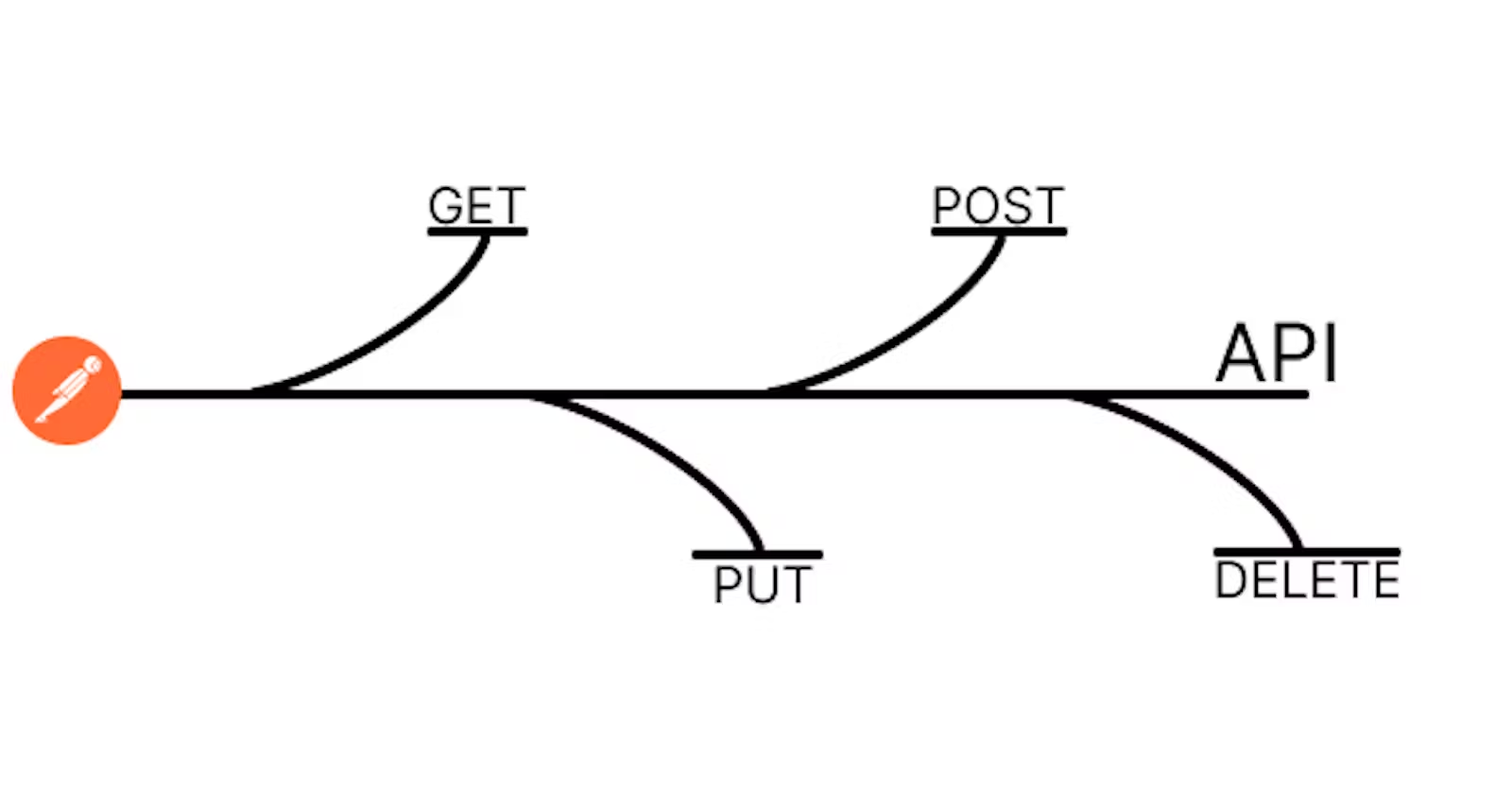Exploring Postman for API Testing: A Comprehensive Guide
 Rudra Kumar Pandey
Rudra Kumar PandeyHey reader!! I hope you're doing great.

API testing is a crucial part of modern software development, ensuring that the various endpoints of an application are working correctly. Postman, a popular API testing tool, simplifies the process of creating, testing, and managing APIs. In this blog post, I will delve into the features of Postman, explain how to use it effectively, and provide examples to help you get started.
Table of Contents
Introduction to Postman
Installing and Setting Up Postman
Creating and Sending Requests
Organizing Requests with Collections
Environment Variables
Writing Tests in Postman
Running Collections with Newman
Conclusion

1. Introduction to Postman
Postman is an API client that allows developers to design, test, and document APIs. It provides a user-friendly interface to make HTTP requests, inspect responses, and automate testing workflows.
Key Features:
User Interface: Intuitive interface for creating and managing API requests.
Collections: Organize requests into collections for better management.
Environment Variables: Store and reuse variables across requests.
Automation: Use scripts to automate testing and integrate with CI/CD pipelines.
Collaboration: Share collections and environments with team members.
2. Installing and Setting Up Postman
Installation:
Visit the Postman website.
Download the version compatible with your operating system (Windows, macOS, or Linux).
Run the installer and follow the on-screen instructions.
Setting Up:
Launch Postman after installation.
Sign up for a Postman account or log in if you already have one.
Explore the workspace and familiarize yourself with the interface.
3. Creating and Sending Requests
Creating and sending requests in Postman is straightforward. Here’s how you can do it:
Create a New Request:
Click on the "New" button and select "Request".
Name your request and choose a collection to save it in.
Configure Request Details:
Choose the HTTP method (GET, POST, PUT, DELETE, etc.).
Enter the request URL.
Add headers, parameters, and body as needed.
Send the Request:
Click the "Send" button.
Inspect the response in the response pane.
Example:
Let's create a simple GET request to fetch user data from a public API.
jsonCopy codeGET https://jsonplaceholder.typicode.com/users
4. Organizing Requests with Collections
Collections in Postman allow you to group related requests. This makes it easier to manage and run a series of requests.
Create a Collection:
Click on the "New" button and select "Collection".
Name your collection and add a description.
Add Requests to the Collection:
Drag and drop existing requests into the collection.
Create new requests directly within the collection.
5. Environment Variables
Environment variables in Postman enable you to store data that can be reused across multiple requests and collections. This is particularly useful for managing different environments (development, staging, production).
Create an Environment:
Click on the gear icon in the top-right corner and select "Manage Environments".
Add a new environment and define variables.
Use Variables in Requests:
- Reference variables in request URLs, headers, or bodies using the
{{variable_name}}syntax.
- Reference variables in request URLs, headers, or bodies using the
Example:
Define a base URL variable for different environments.
jsonCopy codebaseUrl = https://jsonplaceholder.typicode.com
GET {{baseUrl}}/users
6. Writing Tests in Postman
Postman allows you to write scripts to automate testing of API responses. You can write tests in JavaScript to validate response status codes, body content, headers, and more.
Example:
Write a test to check if the response status code is 200.
javascriptCopy codepm.test("Status code is 200", function () {
pm.response.to.have.status(200);
});
Add this script in the "Tests" tab of your request.
7. Running Collections with Newman
Newman is a command-line tool to run Postman collections. It allows you to integrate Postman tests into CI/CD pipelines.
Installation:
shCopy codenpm install -g newman
Running a Collection:
shCopy codenewman run <collection-file.json> -e <environment-file.json>
This command runs the specified collection with the defined environment.
8. Conclusion
Postman is an indispensable tool for API development and testing. Its rich feature set, combined with ease of use, makes it a go-to choice for developers. By leveraging collections, environment variables, and automated tests, you can streamline your API workflows and ensure robust testing coverage.
Explore Postman and unlock the full potential of your API development and testing process. Happy testing!
Subscribe to my newsletter
Read articles from Rudra Kumar Pandey directly inside your inbox. Subscribe to the newsletter, and don't miss out.
Written by